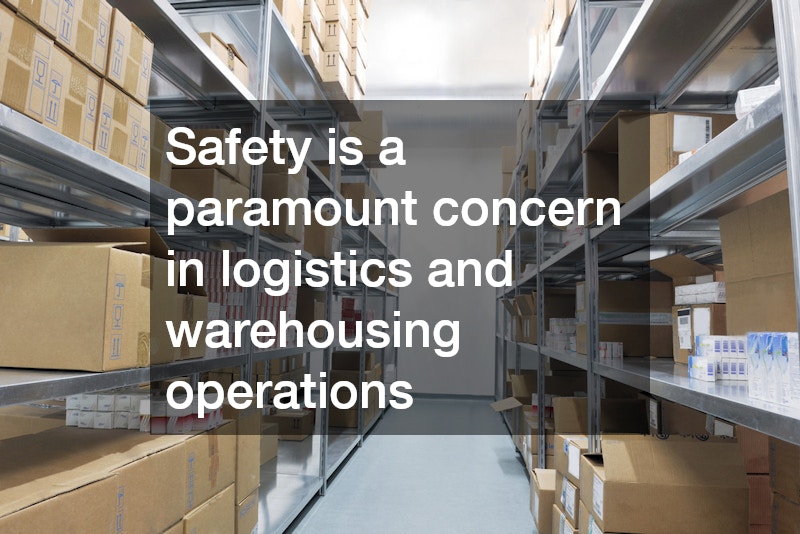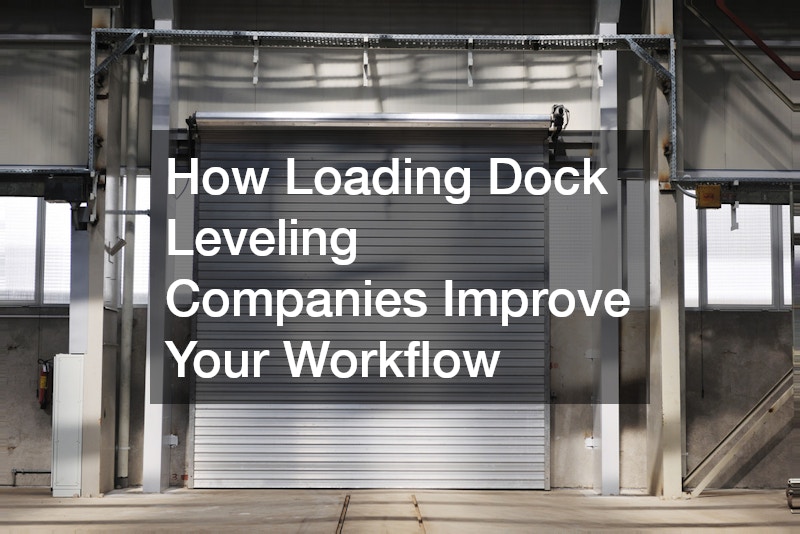Explore the vital role of loading dock leveling companies in enhancing operational efficiency, and understand the answers to common queries about their impact on workflow and safety. Loading docks are the heartbeat of many commercial and industrial facilities, serving as the main point of connection between warehouses and vehicles. However, the height difference between a loading dock and a truck bed can create serious challenges if not properly addressed.
That’s where loading dock leveling comes into play. Dock levelers provide a safe and efficient bridge, ensuring smooth loading and unloading while protecting workers, equipment, and goods.
Defining Dock Leveling
Loading dock levelers are mechanical devices that bridge the gap between a loading dock and a truck or trailer, facilitating the movement of goods in and out of a facility. They come in various types, including hydraulic, pneumatic, and mechanical models, each designed to meet specific needs. These levelers operate by raising and lowering to accommodate different truck heights, ensuring a smooth transition for forklifts and other loading equipment.
In essence, loading dock levelers function by providing a stable loading platform where goods can be loaded or unloaded effectively. When a truck backs up to a dock, the leveler is activated, either manually or automatically, to position it flush with the truck’s bed. This mechanism minimizes the risk of accidents that could arise from misaligned loading platforms.
Moreover, the use of electronic controls and sensors in advanced models enhances the safety and efficiency of loading dock levelers. These systems can detect the height of the trailer and adjust accordingly, reducing the chance of human error. Understanding how these systems work is critical for businesses looking to enhance their loading dock operations.
Enhancing Safety
Safety is a paramount concern in logistics and warehousing operations, especially during the loading and unloading processes. Loading dock leveling systems are engineered with various safety features that help mitigate risks associated with these operations. These features can include safety edges, sensors, and automatic locking mechanisms that engage when the leveler is in place.
By providing a stable and secure transition platform, loading dock levelers significantly reduce the likelihood of accidents like slips, trips, and falls. When workers don’t have to step over gaps or uneven surfaces, the risk of injury decreases. This improved safety inspires greater confidence among employees, allowing them to focus on their tasks rather than worrying about potential hazards.
Additionally, training workers on the proper use of loading dock levelers contributes to a culture of safety within the workplace. Regular inspections and maintenance by loading dock leveling companies further ensure that these systems are functioning correctly and safely. Enhanced safety protocols result in fewer workplace incidents, ultimately leading to improved operational efficiency.
Improving Efficiency
An efficient workflow is essential for any business involved in logistics and warehouse management. Proper loading dock leveling plays a significant role in streamlining these processes, minimizing delays, and ensuring prompt deliveries. When trucks can align perfectly with dock levelers, the loading and unloading processes become faster and more efficient.
The reduction in loading times directly correlates to improved turnaround times. This means that a fleet of vehicles can be processed more quickly, allowing for greater throughput in the shipping and receiving departments. With effective loading dock leveling, companies can handle higher volumes of goods without compromising quality or safety.
Moreover, the integration of loading dock levelers can lead to a more organized approach to inventory management. When goods can be swiftly moved from transport to storage and vice versa, it reduces congestion in the loading areas, allowing for a more streamlined operational environment. This organizational efficiency benefits overall supply chain management and customer satisfaction.
Choosing a Dock Leveling Company
Choosing the right loading dock leveling company requires careful consideration of several key factors to ensure that the selected provider meets specific operational needs. Companies should evaluate the experience and reputation of the provider, as a company that has been in the industry for a long time often demonstrates reliability and quality of service. Checking customer references and reviews can provide insights into their track record.
Additionally, businesses should look for a loading dock leveling company that offers a range of products and services. A good provider will offer different types of levelers suited for varying operational requirements and be able to customize solutions based on specific needs. Furthermore, they should provide ongoing maintenance and support services to ensure optimal performance.
Companies should take into account the cost structure of the loading dock leveling service. Understanding all associated costs, including installation, maintenance, and potential upgrades, will help businesses make informed decisions. Assessing the total cost of ownership rather than just upfront costs can lead to better financial results in the long run.
Loading dock leveling companies play a crucial role in improving workflow efficiency, safety, and overall cost-effectiveness in logistics operations. Understanding their benefits can help businesses optimize their loading dock processes. By investing in the right technology and practices, companies can ensure a smoother, safer, and more productive work environment.

